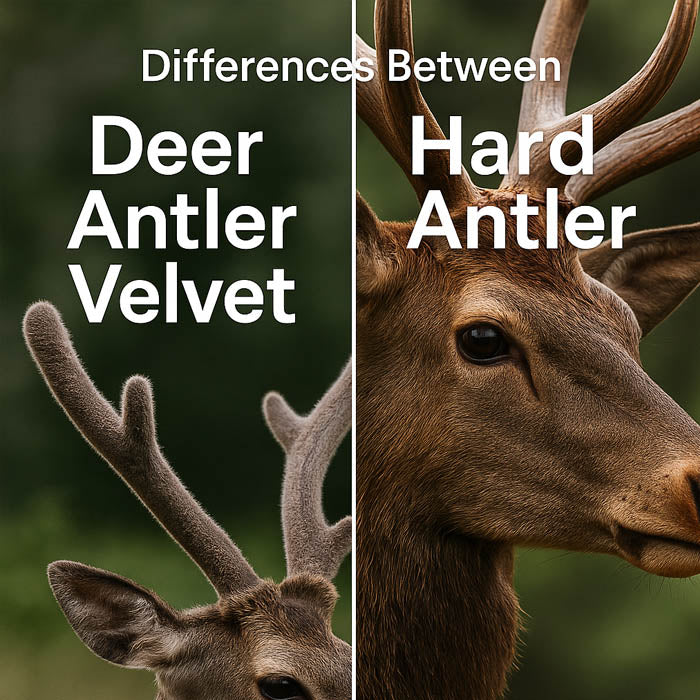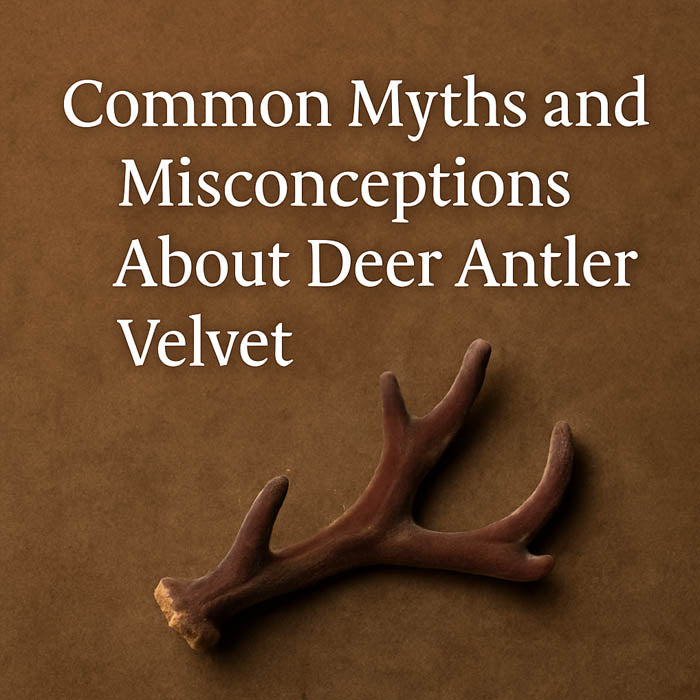Deer antlers are among the fastest-growing tissues in the mammalian world, capable of regenerating entirely on an annual basis. During the early stages of growth, they are covered in a nutrient-rich tissue known as velvet. Understanding this biological cycle provides insight into the origins and significance of deer antler velvet as a nutritional supplement.*
The Annual Antler Growth Cycle
Male deer (stags or bucks) begin antler growth in late spring or early summer. Triggered by seasonal hormonal changes, the new antlers emerge from pedicles on the deer’s skull and are initially soft, filled with blood vessels, and covered in velvet. This velvet is a living tissue composed of collagen, amino acids, minerals, and growth factors.*
Throughout the summer months, antlers grow rapidly. In species like elk and red deer, growth can exceed an inch per day. This growth demands significant cellular activity and nutrient delivery, which is supported by the rich velvet layer.*
Velvet Formation and Nutritional Density
The velvet stage is the only time during the antler cycle when the tissue is soft and bioactive. This period is brief—typically 60 to 90 days, after which the velvet dries, and the underlying antler ossifies into hard bone. The velvet is then shed naturally as the antler matures in preparation for the autumn mating season.
Because of its rapid cellular activity and dense vascularization, velvet harvested during this early growth phase contains a unique combination of nutrients that are not present once the antler calcifies. This includes naturally occurring IGF-1, amino acids like glycine and glutamine, and minerals such as calcium and magnesium.*
Harvesting Velvet During Peak Bioactivity
In regulated farming practices, velvet is collected at the point when nutritional density is highest, before calcification begins. This process is performed by trained professionals following animal welfare protocols. The harvested velvet is then freeze-dried or processed into extract form to preserve its active compounds.*
Deer antler velvet’s nutritional value is a direct result of the biological demands of rapid antler growth. Understanding this growth cycle reinforces its relevance in wellness applications focused on recovery, repair, and tissue support.*


